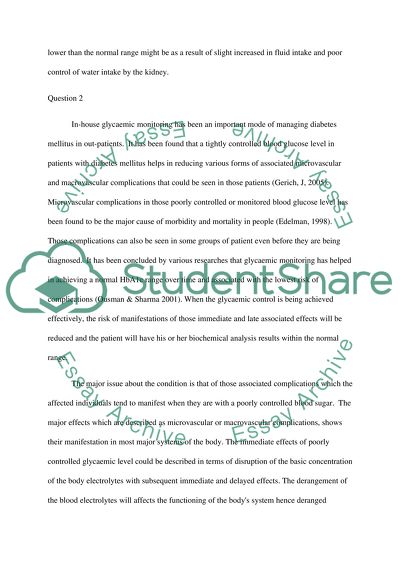Cite this document
(“CLINICAL BIOCHEMISTRY Case Study Example | Topics and Well Written Essays - 1500 words”, n.d.)
Retrieved from https://studentshare.org/health-sciences-medicine/1430395-clinical-biochemistry
Retrieved from https://studentshare.org/health-sciences-medicine/1430395-clinical-biochemistry
(CLINICAL BIOCHEMISTRY Case Study Example | Topics and Well Written Essays - 1500 Words)
https://studentshare.org/health-sciences-medicine/1430395-clinical-biochemistry.
https://studentshare.org/health-sciences-medicine/1430395-clinical-biochemistry.
“CLINICAL BIOCHEMISTRY Case Study Example | Topics and Well Written Essays - 1500 Words”, n.d. https://studentshare.org/health-sciences-medicine/1430395-clinical-biochemistry.


